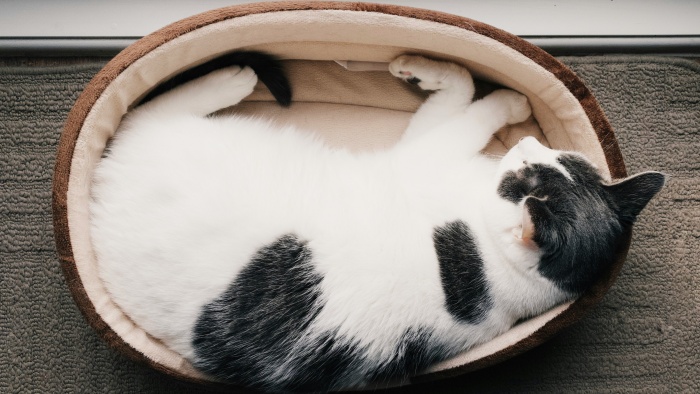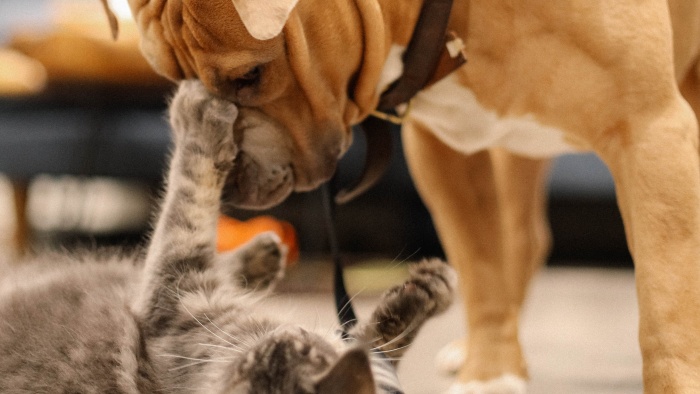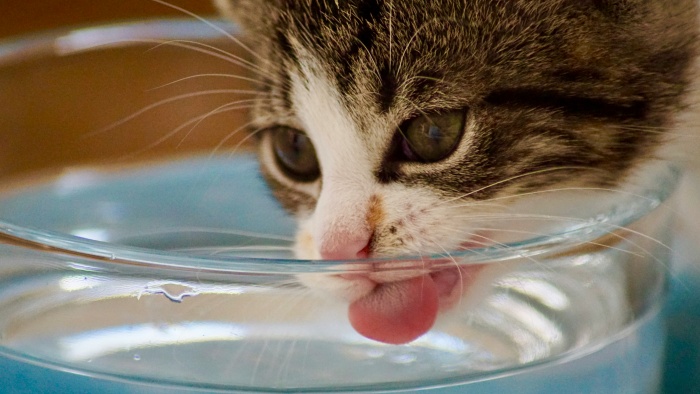First Time Cat Owner:12 Tips

When you’re a first time cat owner, you’re eager to provide the best for your feline companion. Adjusting to a new environment can be a challenge for both you and your cat. How can you ensure your home is the epitome of comfort and safety for your new furry friend?
As a beginner in cat care, it’s essential to focus on creating a nurturing space for your pet. Your starter kit should definitely include cat scratchers, several litter boxes, and ample time for play. Here are 10 essential tips every new cat owner needs to know for a happy, healthy feline.
Assist your cat in feeling safe and comforted
Initially, your cat may be somewhat timid, so strive to make your home as inviting as you can. It’s completely normal for your cat to be apprehensive and to seek hiding spots. Cats are typically averse to change, and she might need some time to adjust to the different scents and sounds in your house.
You can support her by allocating a specific room or area as her sanctuary. Place a cozy bed there for her to curl up in. Some felines may favor a closed bed where they can conceal themselves if they feel too stressed. Additionally, it includes a few enticing toys and a gentle blanket.

Arrange calming scent diffusers throughout your home, ideally in each room where your cat frequents. These diffusers emit a harmless, scentless vapor that mimics the natural pheromones cats use to signify a secure environment.
This is akin to communicating in your cat’s language, aiding in her emotional well-being. When your kitty feels more secure, she’s less prone to stress behaviors such as scratching and marking. In multi-cat homes, consider using a diffuser designed for multiple cats. Another option is a calming collar with a safety release feature.
Visit the vet
Choose an excellent vet for your cat, arrange a health examination, and ensure all vaccinations are current. Also, consider having him microchipped. Save the microchip details and a photo of your cat on your phone in case he gets lost. You’ll appreciate being prepared.
Introduce your cat to other pets gradually
Introducing a new cat to your existing pets, like a dog, should be a gradual process. Initially, keep your new cat in a separate room.

Feed your pets on opposite sides of a closed door. Exchange their blankets between rooms and occasionally switch their spaces, allowing them to become accustomed to each other’s scent. Progress feeding them on either side of a partially open barrier, then move to supervised meetings. Observe their body language closely to intervene if necessary.
Explore various litters and boxes
Having one litter box per cat, plus one extra, is usually advisable. Cats can be possessive about their litter boxes, so it’s important to give your new cat plenty of room.
Consider testing different types of litter and boxes. Some cats might prefer a softer texture, while long-haired breeds may choose a crystal type that doesn’t cling to their fur. Preferences can vary between covered or open boxes, and boxes with different edge heights. Place the litter boxes in quiet areas away from busy spaces. It’s essential to clean the litter regularly, doing spot cleaning daily and a thorough cleaning weekly.
Use high-quality food and protect your cat from hazards
Cats flourish on premium quality food. Begin with nutritionally balanced wet and dry cat food available in various flavors.
Ensure you keep your cat away from human foods that are harmful to them, and have only cat-safe house plants. Cats are curious and can access many things, so securely store anything potentially dangerous, like cleaning supplies.

Be inventive with food and water dishes
If you own dogs, they might show interest in your cat’s food. Use a cat food dish that can be attached to a window, keeping it out of the dog’s reach.
Cats often drink less water than necessary. Place water dishes around your home and consider filtered water options. Some cats prefer drinking from a water fountain bowl, as the running water is more oxygenated, tastes fresher, and its sound indicates its freshness.
Design an engaging indoor environment
While indoor cats are generally safer, they can get bored. Create an interesting indoor space for your new cat. Install cat condos and trees for climbing. Open window shades and set up perches for your cat to enjoy outdoor views, akin to “cat TV.” Place a bird feeder outside for additional entertainment. Provide a variety of toys, including some with catnip, and interactive toys for times when you’re away.
Set up cat scratchers
Cats naturally scratch to shed the dead layers of their claws, stretch, and mark their territory. Scratching is also a stress reliever and a sign of contentment. Without scratchers, your cat may resort to damaging your carpets or furniture.
Having an abundance of cat scratchers is better than too few. Place them in various rooms where your cat spends time. Experiment with both vertical and horizontal scratchers, as some cats have a preference.
Enjoy safe outdoor activities
Even if you’re hesitant about letting your cat roam freely outdoors, there are still ways to safely enjoy the outside. Create a secure outdoor area like an enclosed cat patio or a grounded cat tent. Alternatively, consider using a sturdy harness for brief, leashed walks in your yard.
Acclimate your cat to the harness indoors first. Initially, they might crawl or freeze while adjusting to its feel. However, most cats grow to enjoy it, especially associating the harness with outdoor excursions.
Engage in play with your cat
Devote plenty of time to playing with your new cat. This not only stimulates her mind but also aids in developing social skills. Encourage her to chase a feather toy or chase you for a treat. Clicker training is another excellent way to strengthen your bond and keep her mentally stimulated.
Bringing a new feline friend into your home is a delightful experience. Adhering to these 10 tips will help you create an ideal, nurturing environment for a content and healthy cat.
Monitor health and grooming
Remember to keep an eye on your cat’s overall health and grooming. Regular brushing helps reduce shedding and can prevent hairball formation. Also, monitor their dental health and consider using cat-friendly toothpaste for regular dental care.
Be mindful of stress triggers
Understand what stresses your cat and try to minimize these triggers. Changes in the household, loud noises, or new people can all cause stress. Provide a quiet, safe space where your cat can retreat if they feel overwhelmed.
Conclusion
As a first time cat owner, embracing these comprehensive tips will greatly enrich your journey with your new feline companion. It’s important to remember that cats, like humans, have unique personalities and needs. While you provide for their basic requirements and comfort, also be mindful of their behavior.
Addressing any emerging bad habits or undesirable behaviors early on is crucial. This involves understanding their body language, being consistent in training, and seeking advice when needed.
By doing so, you’ll foster a strong, loving bond with your cat, ensuring a happy, healthy, and harmonious home for both of you. Remember, the key to a well-behaved and contented cat lies in your hands through attentive care, patience, and understanding.

